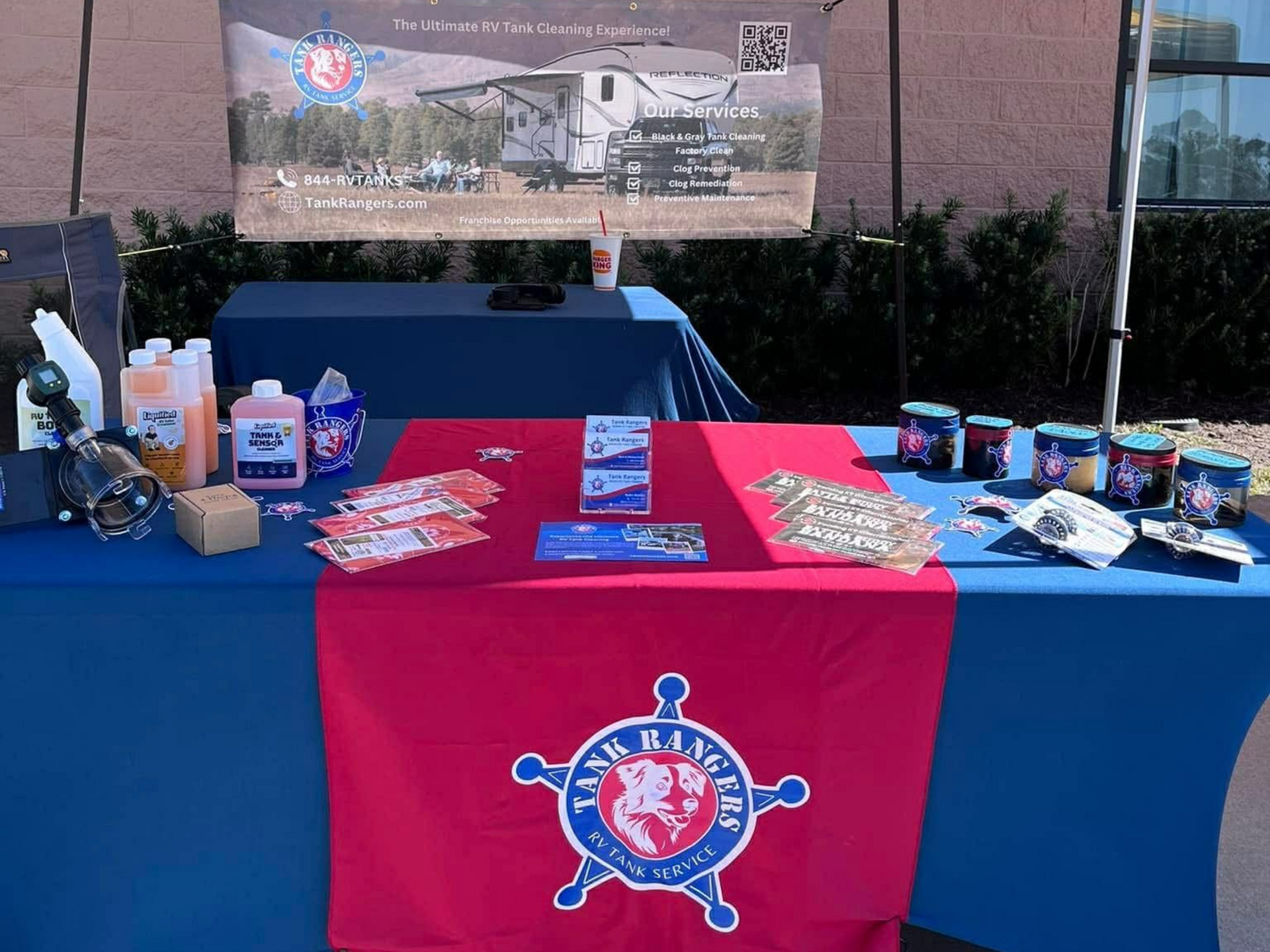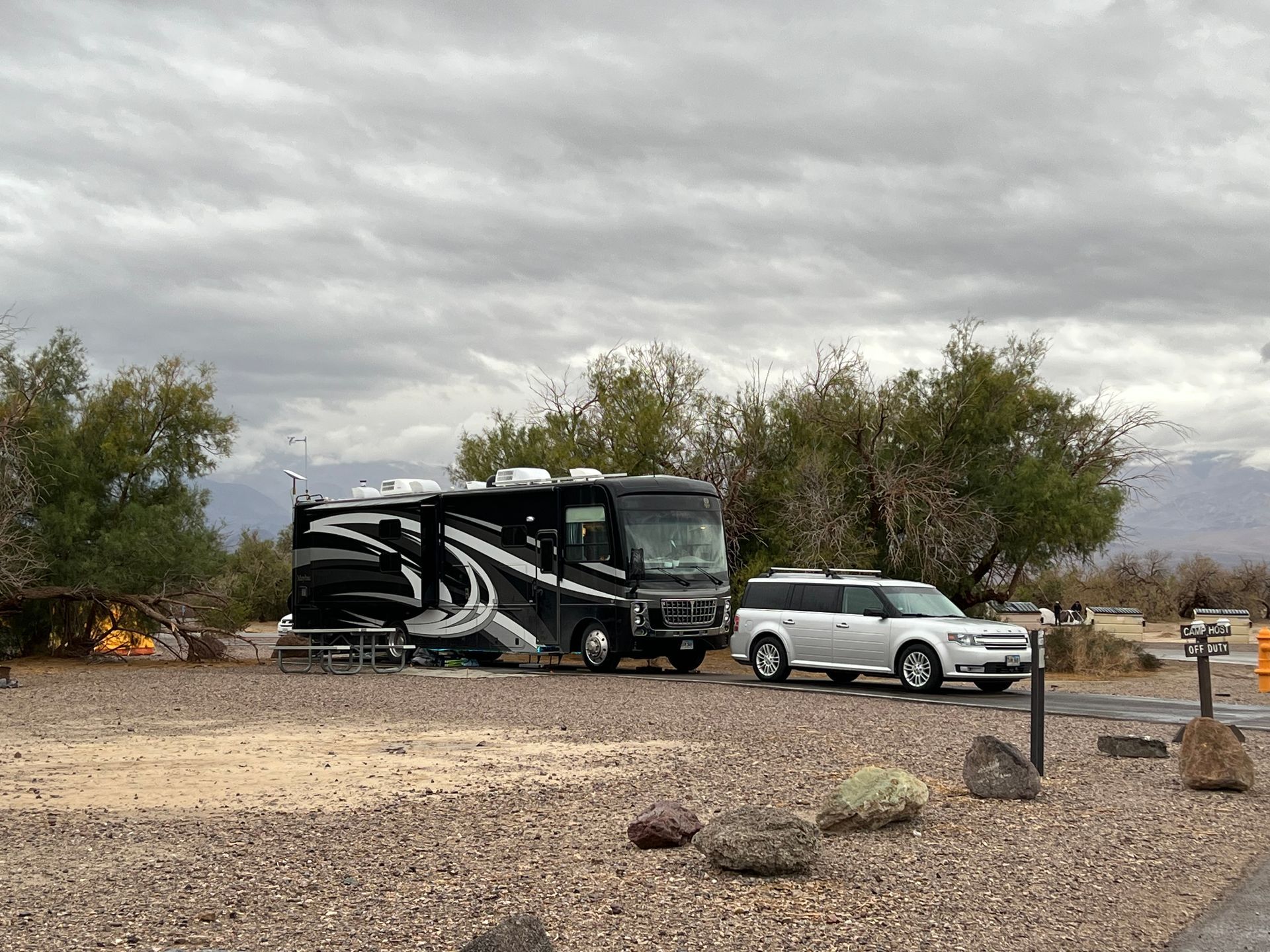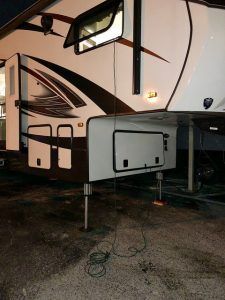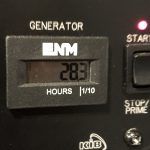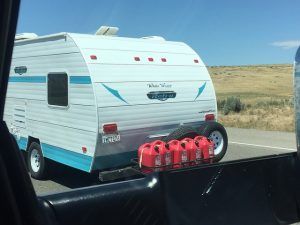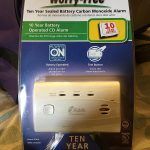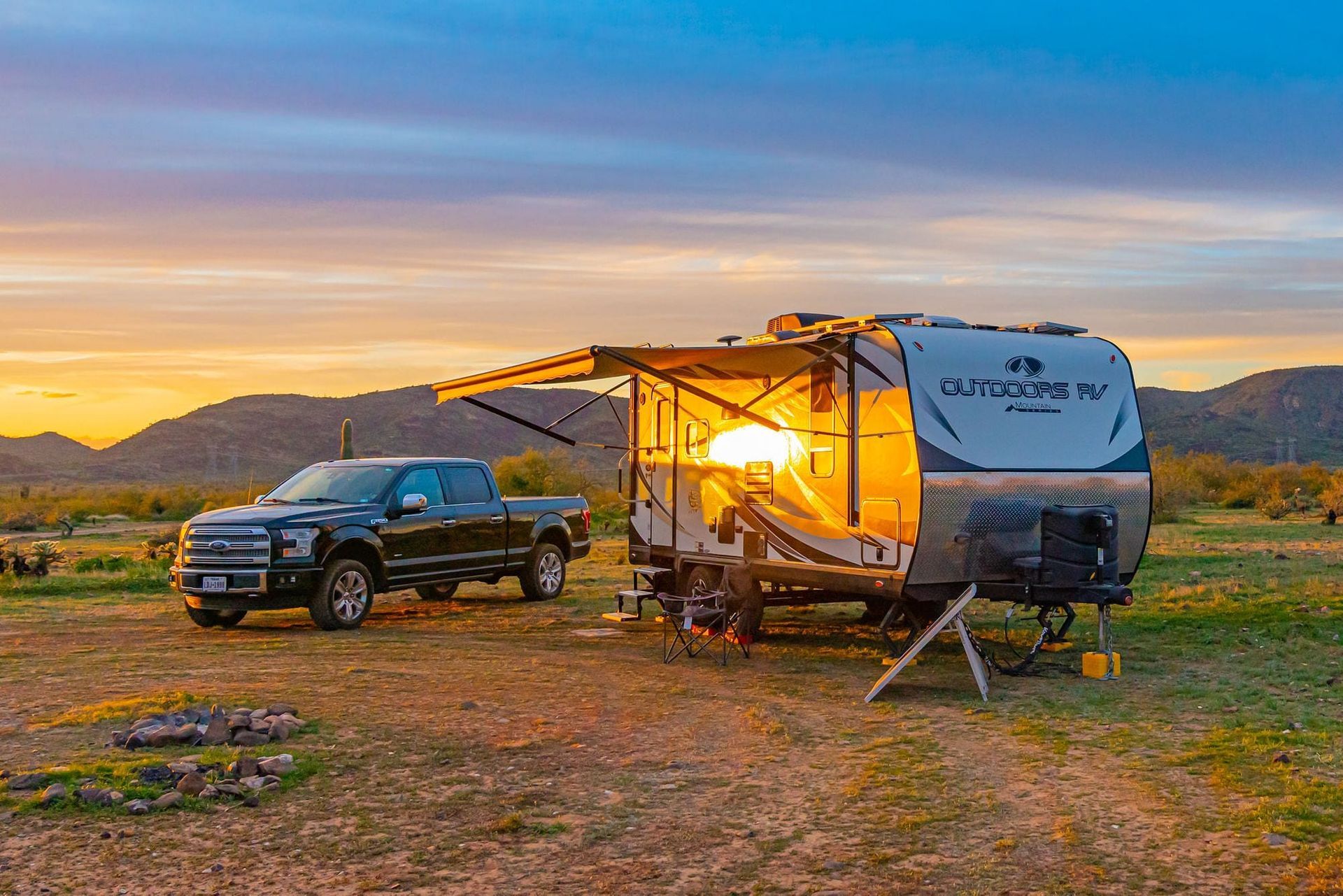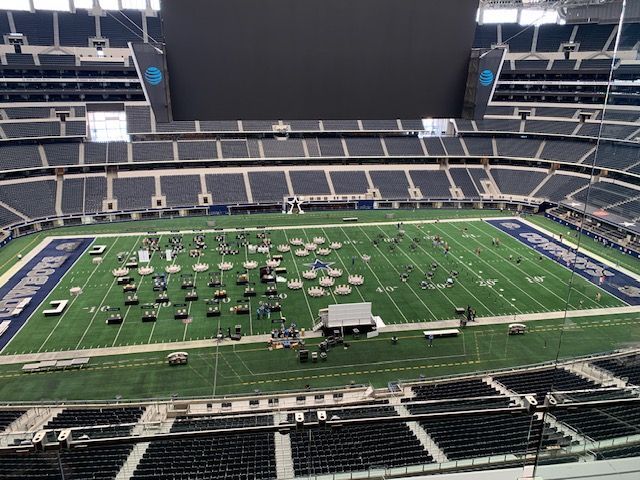Making Your Own Power: The Skinny on Generators
Doug S • April 17, 2025
Your camper has 2 different power systems in it. There is a 12v system that runs off your battery and a 120v system that is available when on shore power (or by an inverter, if you’ve wired that up). For a lot of newbies, they are surprised when they get their camper home in the driveway and not everything works. Suddenly their visions of camping in the great wilderness, miles away from everything start to dim…
The simplest solution to this is adding a generator. Some are built into the campers but others are portable. However, not all campers are setup for a built-in generator.
Disclaimer: I only understand the basics of electricity. Fortunately, that’s a generally safe place for the rest of this discussion.
But First, Do You Need a Generator?
Some generator discussions start with, “ I want to watch an hour or two of TV to wind down. ” or “ I need a CPAP machine to sleep at night. ” These are not things that you should use a generator for. For those cases, a simple inverter and battery power is what you need.
Now depending on how long you’ll be without power, you will need a way to recharge . You either need a generator or to investment in solar power to recharge the battery (or batteries, if you have more than one).
What else do you need a generator for? Running high use appliances that are impractical to use off battery power. Things like running the A/C, microwave, and even clothing washer dryer (yes, seriously!).
Be aware: many dry campgrounds have generator hours/rules . When you’re off boondocking, generally you want to be courteous of your neighbors within earshot and remember that sound travels in the wilderness.
Built-in Generators
If you’re lucky enough to have “generator prep”, you have the ultimate in convenience . I went from having portable generators on my last rig to a built-in generator on the current rig. Having a push-button start inside and automatic transfer switch makes it amazingly simple to start the generator.
But, this convenience comes with a cost . The base cost of the generator itself is more expensive than buying a portable unit. And then there’s installation. Finally, because they’re usually larger generators, they consume more fuel than smaller portable ones can .
However, you can usually carry more fuel . With propane units, you are often carrying a good 60 lbs. of propane in multiple tanks. On my toy hauler for instance, there is a 20 gallon fuel tank for it (as well as another 20 gallon auxiliary tank for my fuel station). With that much fuel, I can run for a long time on the generator without needing to refuel !
Automatic Transfer Switch
With a built-in generator, you need a way to feed the camper with the generated power . In some cases, you literally have to plug a power cable into the generator.
An automatic transfer switch can automate the above process for you. The camper is wired to either use the shore power inlet (where you plug into a campsite) or the generator.
Having this automatic transfer switch means that there’s nothing you manually must do. Just start the generator and you have power. It’s wonderful.
Portable Generators
The other side of that spectrum is a generator that is portable. These get setup outside of the camper and you run a cord from it to your camper’s shore power inlet .
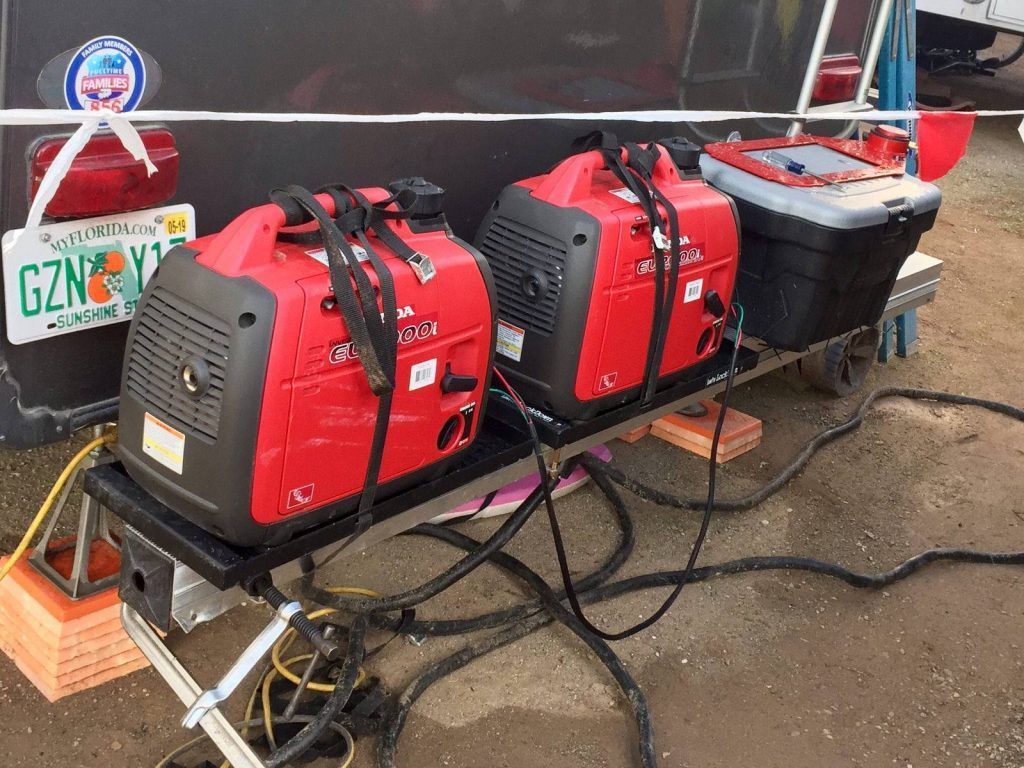
You can buy a single generator or a pair of generators in the capacity that you need. A pair of generators can be “paralleled” to run together . Typically you use generators that are the same make and size. (There are reports of mismatching working, but I never tried it.) The output doesn’t entirely double the generators’ wattage, but it is close. I’ll talk about capacities below.
The pros are easy.
First and foremost. You can move it around. Use it for the camper. Use it at home. You name it. Add an extension cord and you can move it away from camp where it’ll be quieter (for you, but mind the neighbors!). The other big plus is that smaller generators are more fuel efficient .
There are a few cons. First is the convenience side of things : you have to get the generator out (or some run it from their truck beds), run a cord, and plug it in. The other con is the size of the fuel tank , while more fuel efficient they still have limited fuel holding capacity. You can get extended runtime tanks, but that adds complexity to the system.
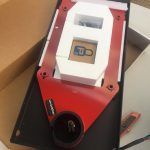
Lastly, make sure that you secure your new portable generator . These have a habit of growing legs. My personal favorite is the LowPro LockDown. It’s about as secure as it gets.
Generator Size
“ What size generator do I need? “, everyone wonders. A lot of people think that they need a HUGE generator in order to run everything as if they are hooked up to shore power. For a 30amp camper, you can almost do that. For a 50amp camper, it’s just not practical.
Sorry, let’s get geeky for a minute. Hopefully I can explain this and don’t end up looking like an idiot! Let’s do the math.
Household voltage is 120 volts. To find watts, you take volts and multiple it by amps.
So for a 30amp camper, it is: 120 volts * 30 amps = 3,600 watts . You can easily get into that size generator: either a 3,500 watt generator or even a pair of 2,000 watt generators paralleled together.
Now, a 50amp camper is essentially 2 legs of individual 50 amp service. To recreate that amount of power in a generator, you need: 120 volts * 50 amps = 6,000 watts twice , so 12,000 watts . That’s one huge generator!
So now, what’s the alternative? It’s easy: set your expectations . You can run anything , just not all at once.
To figure out the size of generator you need:
- think out what appliances you’ll want to run at the same time,
- calculate the wattage,
- and buy a generator (or pair of them) based on that.
Note, there’s one twist to all of this. Generators run at diminished capacity at higher altitudes. Once you get over about 5,000′, you’ll likely need more generator than if you were running at sea level. Also, you might need to make tweaks to your generator; check its owner’s manual for more details.
Brands
Ugh, I’ve been avoiding this one and almost left it out of the article. People get super brand defensive (and anti-brand offensive!) .
For portables…
The “ gold standard ” are Honda and Yamaha generators . These are generally considered the “ best “; though the definition of “ best ” is hotly contested in all the online forums. I opted for a pair of Hondas because there are authorized service centers basically everywhere and I’m not mechanically inclined to fix them myself.
After the “ gold standard ” come the still quality and highly recommended generators like the Champion . The Champions have dual-fuel offerings so you can run them off of gas or propane.
There is also the “ budget ” Harbor Freight offering with the Predator series generator. These are about half of the cost of the “ gold standard ” generators but actually get quite decent reviews from folks using them.
What you don’t want to do is buy a cheap “ contractor grade ” generator. They’re cheap, but they’re LOUD . Like super loud. Some places the generator rules also dictate that they must be “quiet” generators.
For built-in…
It’s really Onan or bust. They have offerings in gas, diesel, and propane-powered to fit whatever you’re equipped with.
Safety
Carbon monoxide is no joke. IT CAN KILL YOU . I’m not exaggerating. I’m not being alarmist. Carbon monoxide can and does kill.
Your camper should come with a carbon monoxide detector. It’s usually in the kitchen area for safety while cooking. Once we considered a generator, I added separate CO detectors in each of the sleeping areas (the kids bunkhouse in the back and the master bedroom up front).
CO detectors (like your smoke detectors!) have a life span. They should be replaced after 5-10 years ; check the documentation and it’ll indicate its lifespan. If in doubt, replace it.
Other blogs you might like...

